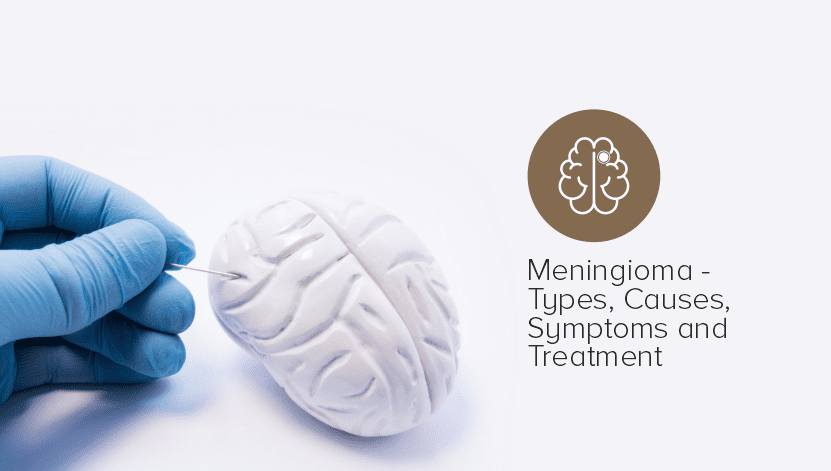Meningiomas are a type of brain tumor that develop in the meninges, the protective membranes covering the brain and spinal cord. As they are typically slow-growing tumors, many individuals may not experience symptoms until the tumors have become quite large.
